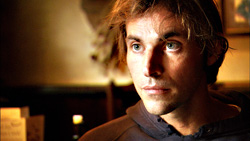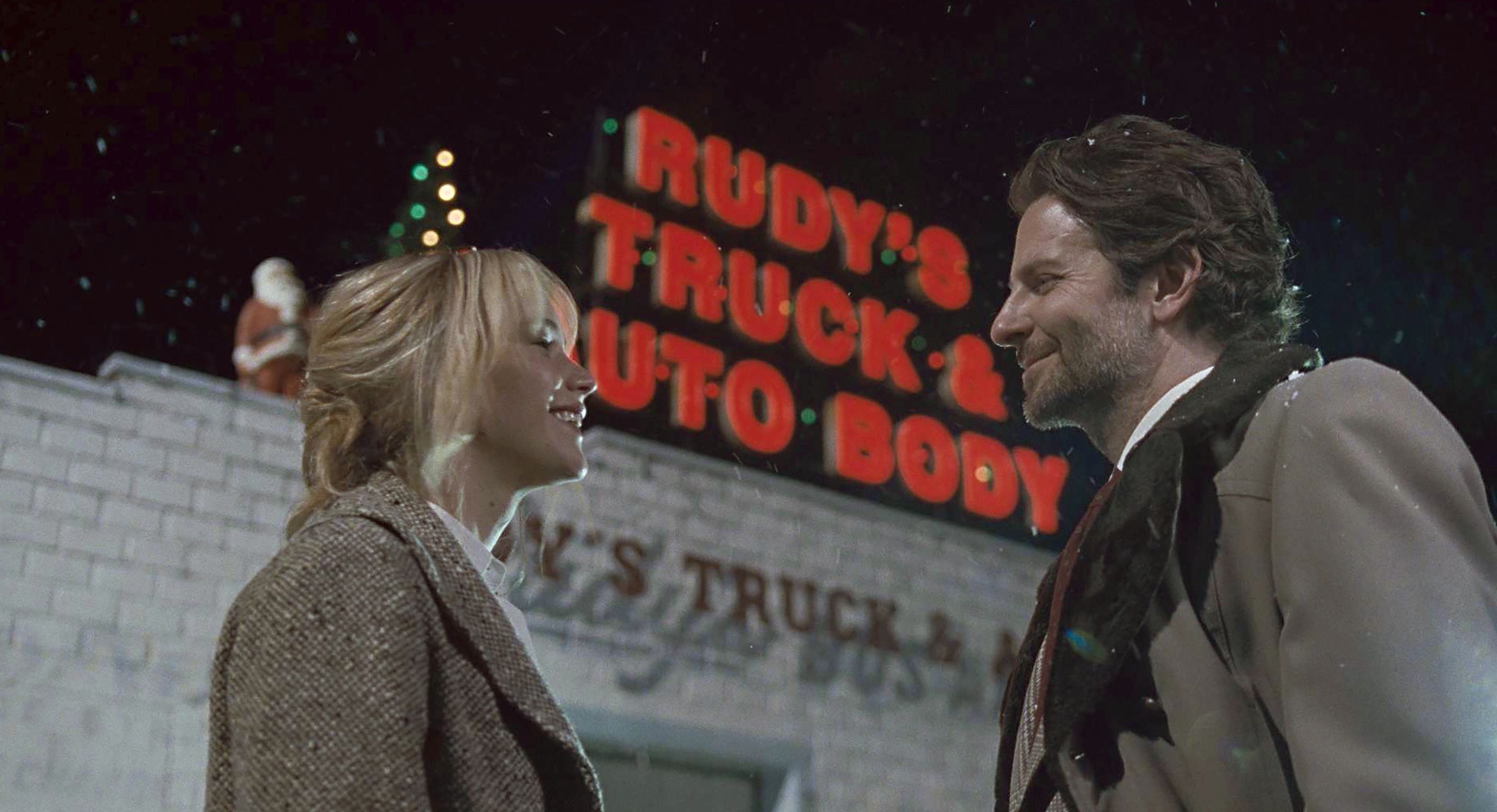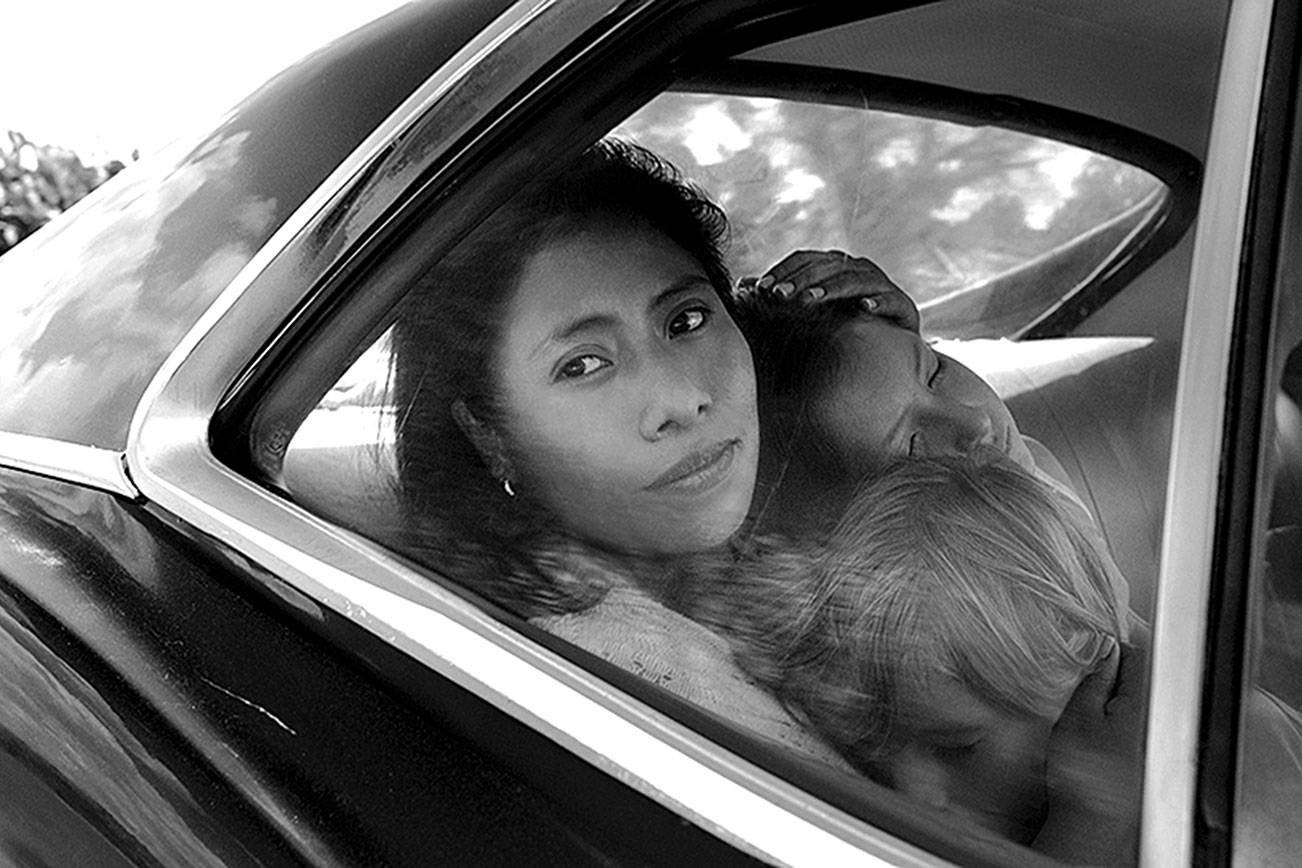Either this documentary is true, which is a great marketing hook; or it’s fake, which is also a great marketing hook. It’s got its doubters (Roger Ebert) and its attackers (Michel Gondry, whose Eternal Sunshine of the Spotless Mind could be an influence). But either way, there’s no chance for English newbie director Rupert Murray to go wrong here (and he naturally insists it’s true—see interview). Using a kind of “Oops, I dropped my laptop” editing style, he splices together different video and film formats, interviews, CAT scans and PET scans, reconstructions, and subjective POV effects to relate how an old friend, Doug Bruce, lost his memory one July 2003 day in New York. UWM is a fascinating Oliver Sacks–style case study rendered with excess flash and yet surprising intimacy: Murray likes Bruce (even if Bruce doesn’t remember him), we like Bruce, and it’s a source of wonder that this engaging, single 35-year-old would allow us into his life like this—it’s not the behavior of the old Bruce, a driven stock broker already in the process of reinventing himself as a photography student, according to friends and family.
So is he better off having been rebooted as Bruce Version 2.0? He’s now “a lot more open . . . a lot more emotional,” says his sister. An NYU prof sees “a sadness and a depth and a sense of emptying out” in his photographs. He can still play piano, speak French, and command the “procedural” portion of his memory; he’s just forgotten the “episodic” portion—names and faces and events and experiences. But, narrator-director Murray wonders, which determines personality? Murray’s no brain expert, of course, so he introduces one: Harvard’s Dr. Daniel L. Schacter, who was unaware of Bruce’s particulars when interviewed. He’s an expert on retrograde amnesia, not on being punk’d.
In this unscientific case, at least, memory loss is the best thing that could happen to the guy, so far as catastrophic brain disorders are concerned. There’s no downside to shedding one’s old identity, especially if it makes for a good movie. UWM presents Bruce as the digital-age equivalent of poor Phineas Gage, the 19th-century railroad worker who had a tamping iron blown through his brain, severing the two spheres and leaving him more socially at ease with animals than people. Bruce is the Andy Warhol version of that case—handsome, sophisticated, articulate, easily acquiring beautiful girlfriends, yet also a metrosexual man-about-town, a fantasy, a construct, a Jason Bourne (or Ripley) without the kung-fu killing skills. Who wouldn’t like to wake up as an upper-class Brit from a posh family with an East Village loft who’s also dating an Eastern European hottie? (Still, his next girlfriend muses, “He has no faults . . . yet.”) In a recent GQ interview, Bruce even implies that he got to lose his virginity twice. Some deal.
With no less enjoyment, though in different terms, I’m quite prepared to see UWM exposed as a fraud, which would place it in the grand tradition of hoaxes and forgeries inseparable with the history of art. Is it really necessary for us to all burn our copies of James Frey’s A Million Little Pieces? Isn’t it possible to admit we enjoyed it, we were fooled, and we still got our money’s worth? In this regard, UWM reads like the prologue to this year’s coming The Hoax, which stars Richard Gere as Clifford Irving, the guy who faked the Howard Hughes diaries in the early ’70s. People believed Irving then the way they believed Frey recently and the way they’ll want to believe UWM now: Something this fantastic has to be true. And if not, it was still a pretty cool little movie.









